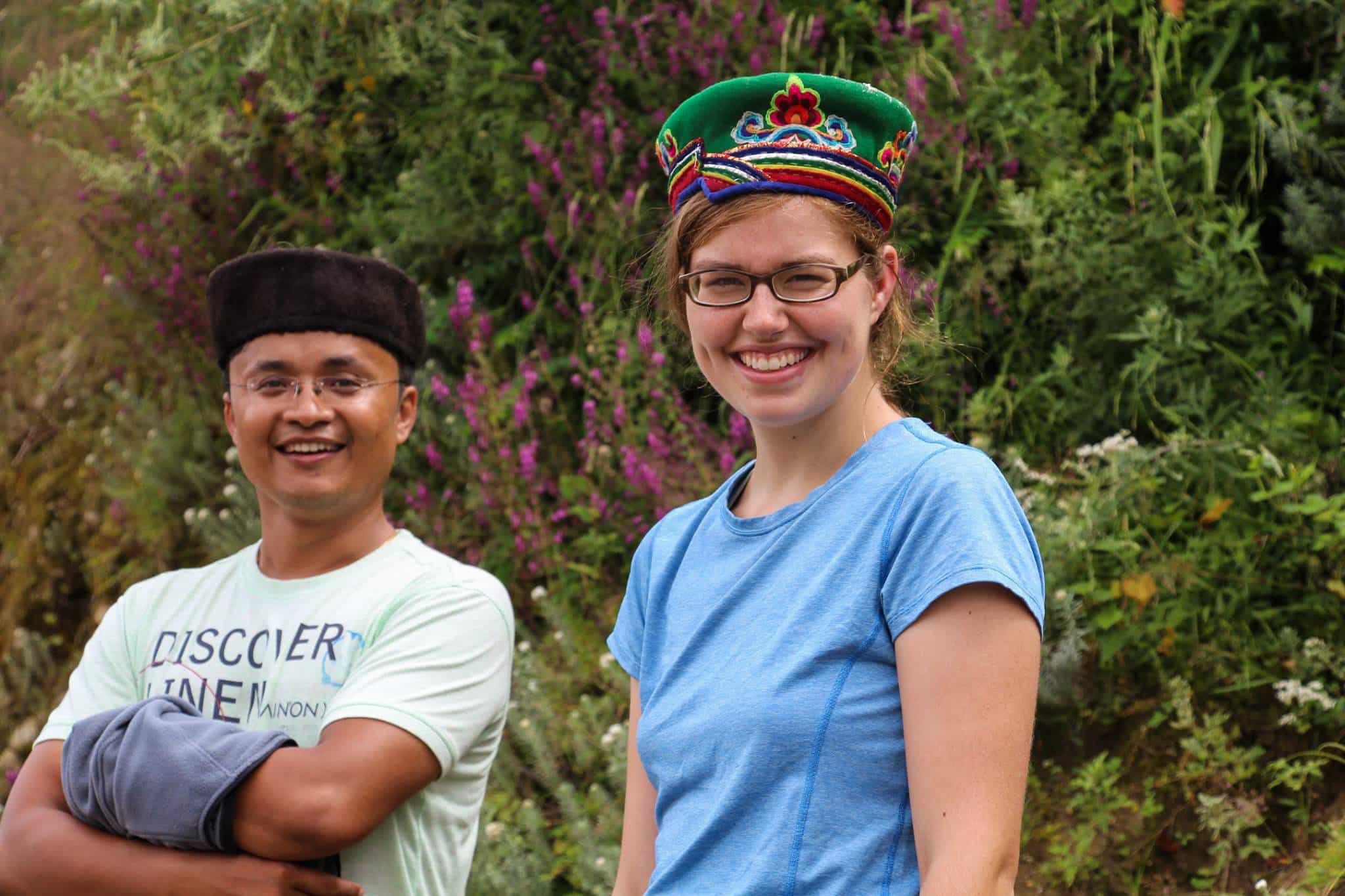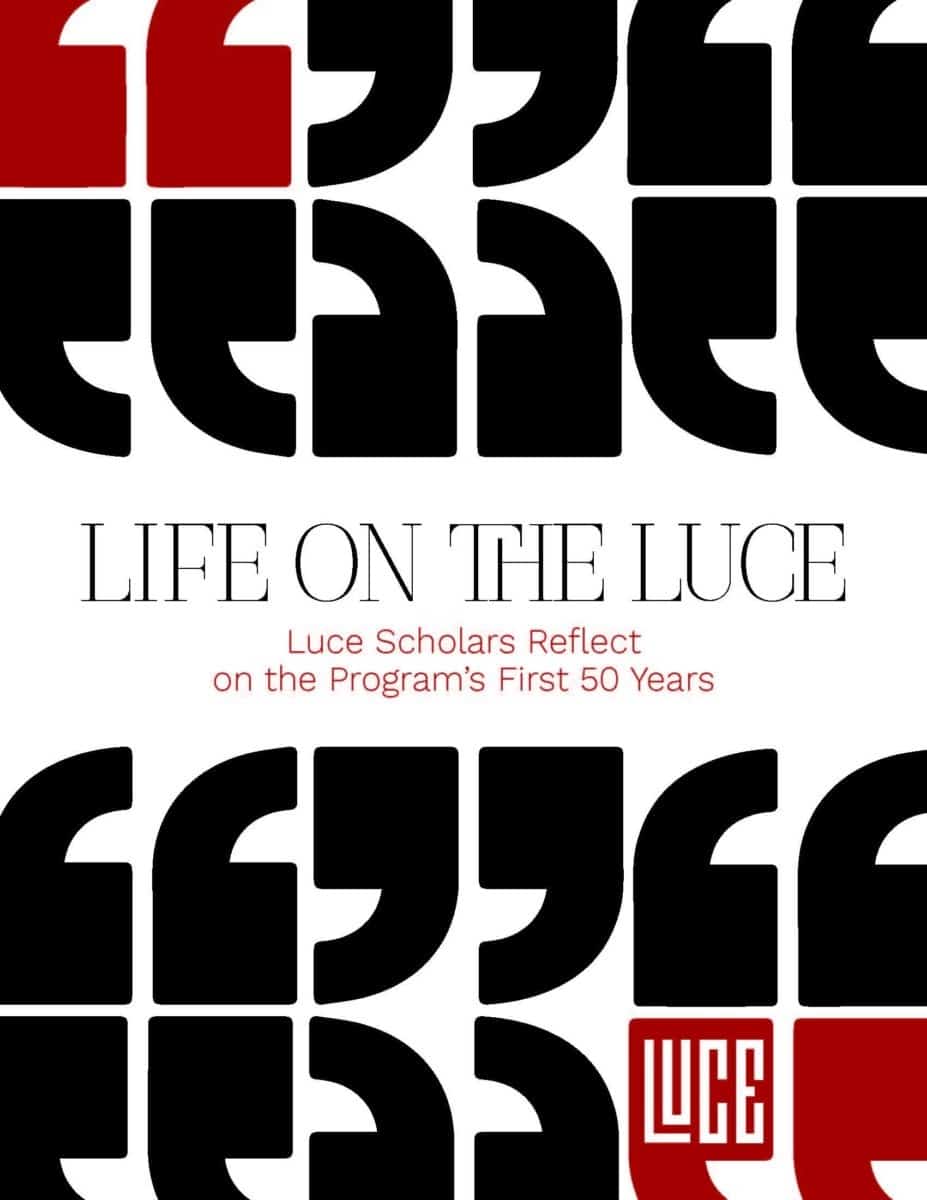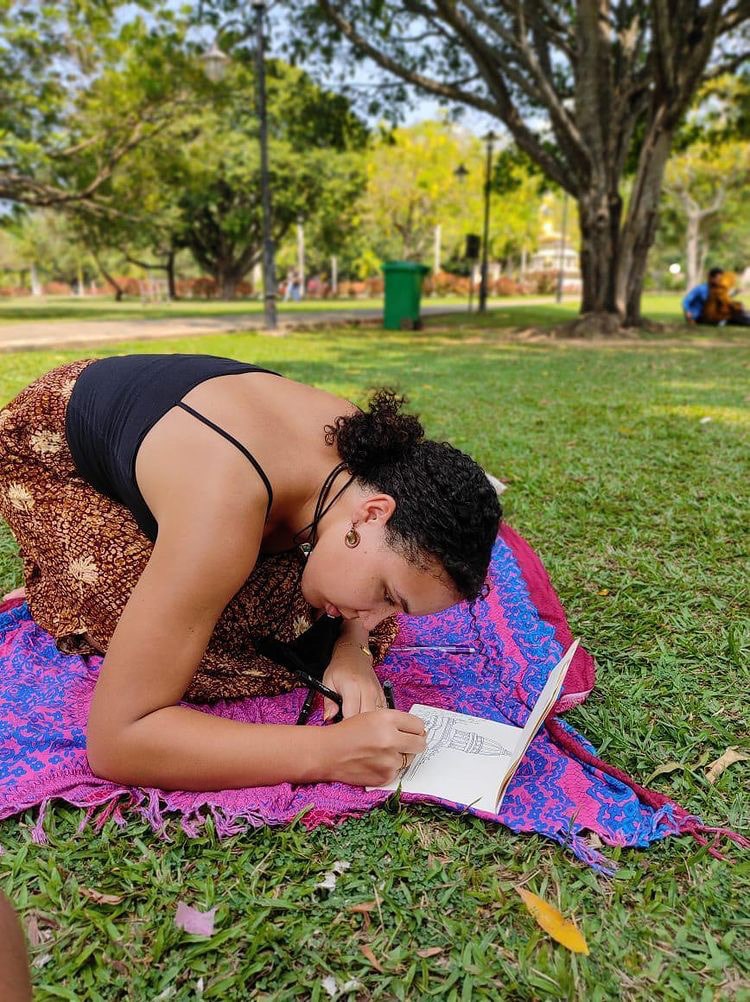There is no good way to get to Gatlang. Located at an elevation of 2,600 meters and a mere 30 kilometers from the border of Tibet, the route to the village where I do my research is the worst road I have ever experienced. From landslides to stalled busses to torrential downpours, from reckless jeep drivers to knee-deep mud to army checkpoints, traversing the 150 kilometers from Kathmandu to Gatlang is a ten-hour, white-knuckled, hang-on-to-your-neighbor-for-dear-life ordeal. And, I love every second of it. Like travelling to Gatlang, the wild, breathtaking adventure that was the first half of my Luce year taught me to face my fears and hang onto my neighbors as we help each other navigate the bumpy roads of life in Nepal.
I make the journey to Gatlang about once every three months. There, I study Parvati Kunda, a small, high-altitude wetland that is the only source of drinking water for the 3,000 people in the village. I am working with my placement organization, Wildlife Conservation Nepal (WCN), to establish a baseline dataset of water quality and wetland biodiversity, as well as to assess potential water management strategies. I love this research project, but working in Gatlang forces me out of my comfort zone. For example, purchasing lab supplies involves ducking into dark, dusty surgical-supply shops, rummaging around for plastic funnels and filter paper, and heckling with the shopkeepers in Nepali. Interviews with Gatlang community members stretch my language skills to the maximum—people in Gatlang speak a mixture of Tamang and Nepali, and although my colleagues conduct the interviews, it is my job to translate the hastily-written script into English. As I slowly make my way through accounts of decreasing snowpack, the disappearance of frogs and other animals, and the relentless advance of aggressive plants that grow better in a warmer climate, I am reminded that the conservation of Parvati Kunda is critical for the very existence of Gatlang, and I approach my work with renewed motivation.
Although Gatlang is the focus of my research, I spend most of my time in Kathmandu. There are many aspects of life in the city that make me afraid: dark alleyways and growling street dogs, exhaust fumes and the dirty, stinking rivers that run thick with sewage and garbage. But I also treasure the glimpse of the Himalayas on my way to work, the rhododendrons blooming in the courtyard, and the scent of jeera wafting out of kitchen windows. Most of all, I value my Nepali friends who help make doctor’s appointments and teach me Nepali folk songs on guitar. Long runs around ancient temples, Saturday afternoons at the snooker club, and feasts of dal-bhaat (lentil soup and rice, the absolute staple of Nepali cuisine) overshadow my fears and make life in Kathmandu rich, full, and wonderful.
The closer I become to my Nepali friends, the more I understand the incredible challenges the country has faced over the last decade. The civil war, though it ended in 2008, still echoes through the inefficient political system and the empty spaces left by conflict-related murders. Then, just as the country began to recover, the devastating 2015 earthquake flattened buildings, paralyzed infrastructure, and left deep scars on the collective Nepali psyche. It is one thing to read about these disasters, but it is another thing entirely to hear painful, first-hand accounts from close friends. Their grace and wisdom in the face of hardship inspires me every day. Sometimes, we sit on the roof and silently watch the sun go down over the hills, and we are grateful just to be together.
I have many goals for the next six months: to continue improving my Nepali and Tamang language skills, to better understand Nepal’s complicated political history, and to connect with the numerous environmental conservation efforts in and around Kathmandu. I will return to Gatlang at least twice more to continue my research. There will be many more challenges but also another six months full of adventures that I cannot wait to experience.


